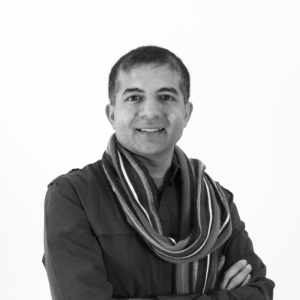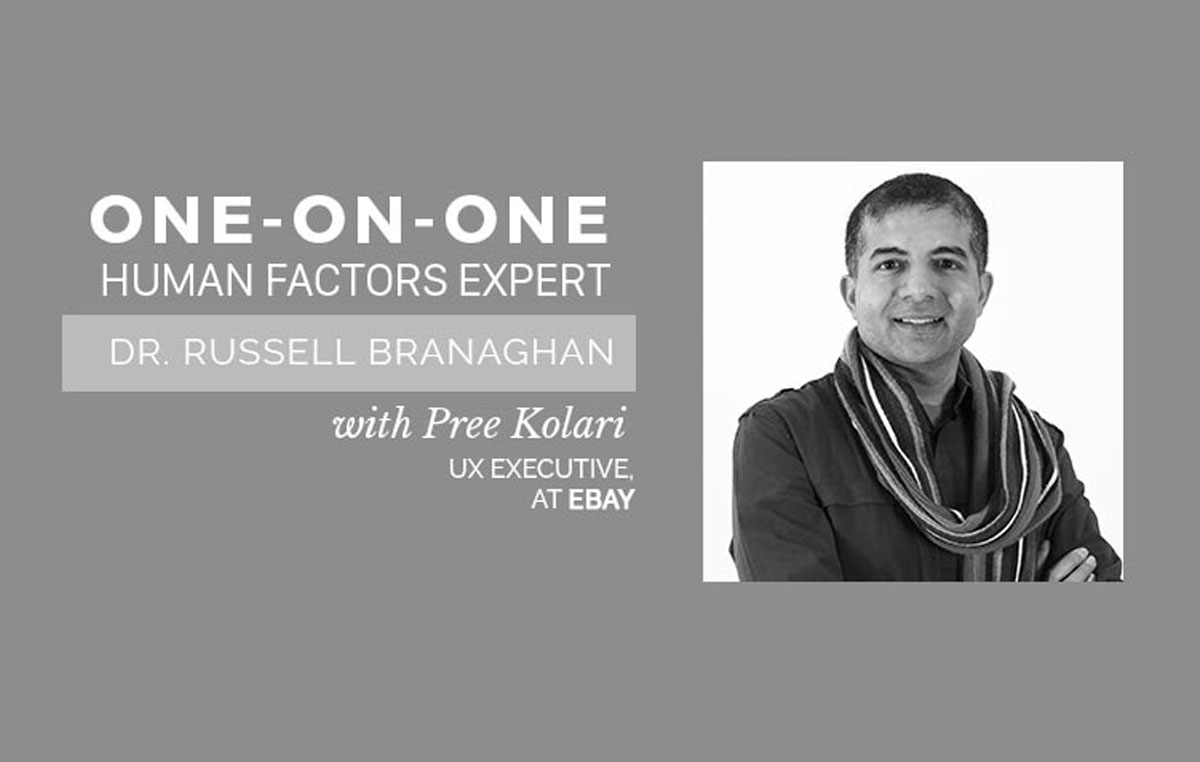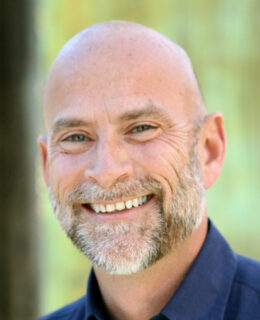This month Russ spoke with Pree Kolari, a UX Executive at eBay about the strategies and challenges in the UX industry.
Russ: Coming from a large company like eBay, what advice would you give to start-ups or mid-sized companies that are developing their UX strategy?
Pree: I’ll use the analogy of eating a giant cake, vs. a small cupcake. Having worked in startups, agencies and big companies, they are all very different. A startup or small agency is like a cupcake, you can jump right in and get a sense of the whole quickly. A big company is like a giant cake, you cannot start eating it in the middle. You have to slice off a small part and start working from the edge. The key is to understand the whole by working in small chunks. Whatever the size of the company, I have always believed in first finding ways to add value to the broader team. Quick iterations help orient you to the right solutions and deep rigour helps you execute well. Ultimately, whatever the size of the company, we all need to focus our energies on shipping useful products that users love.
Russ: What are some of the biggest challenges you’ve seen recently within the UX industry? How can we overcome these challenges?
Pree: UX is a very young profession, so the skills and experiences needed are continuously changing. We are also growing very rapidly as a professional body with more people becoming UX designers, UX researchers and UX writers.
About ten years ago, we designed for screens that you sat in front of, then we moved to screens you carried around and now we have graduated to designing for contextual interactions. Natural language interactions and personalization with AI are genuinely moving design back to its craft roots. Designers today need to have helicopter personalities because they need to comprehend the holistic system and then design the details of the product or service that people will experience.
There are three ways to turn these challenges into opportunities.
First is a mindset of curiosity. Good UX professionals are curious. They are always asking “why?”. They’re obsessed with understanding the problem and uncovering a solution that delights their users.
Second is a bias towards action. Our teams look for ways we can articulate the end product via some kind of prototype. It can be as low fidelity as paper prototyping or as high fidelity as code that is very close to shipping quality. We call this process Making to Think.
Third is a practice of continuous feedback. There is no substitute for real customers using the product or service to test the interaction and understand product market fit. Feedback helps us converge on a solution that is closest to ideal.
A mindset of curiosity, bias towards action and ongoing feedback loops help us stay ahead of the industry curve.
Russ: User Experience is a ‘big tent’ with designers, behavioral scientists, technical communicators and others contributing. How do you mentor colleagues who are not classically trained to conduct UX research?
Pree: My team has a very diverse set of backgrounds. We’re designers, researchers, content strategists and engineers. The thread that connects us is deep empathy for the user and a mindset of radical collaboration.
Mentoring people is a two-way street. My team benefits from my expertise, and I benefit from their unique perspectives. I am a firm believer that great UX professionals are made, not born. We have a very high bar for hiring. We tend to hire candidates from various professional backgrounds with a proven history of success, a demonstrable desire to learn and a strong foundation that can outlast their curiosities. Degrees don’t matter, but being able to tell a compelling narrative about their work and process does.
I mentor by listening to my team and helping them articulate their aspirations. Then I connect them to people and experiences that will help them gain skills in any domains where they currently lack deep expertise. Mastery takes a very long time and it tests patience for both the mentee and the mentor. Isn’t there a saying that hardwood takes a long time to grow.
Russ: What are some SF/Bay Area UX networking groups you’d recommend to UX professionals who are new to the area?
Pree: There are lots of events and communities where you can connect with people. Here are some of my recommendations:
- BayCHI http://www.baychi.org/
- Meetup & Eventbrite have several great UX events. Most of these tend to be in the city (SF)
- General Assembly and Cooper Design, offer really useful courses and events https://www.cooper.com
- Shameless plug: eBay hosts 4-6 events each year. You should certainly attend https://www.facebook.com/ebaydesign/
- Women in Design has a strong community: https://womentalkdesign.com
- SF Design Week https://2018.sfdesignweek.org/
 Pree Kolari, UX Executive, eBay
Pree Kolari, UX Executive, eBay
Pree Kolari is a UX executive at ebay, product designer, engineer, researcher, entrepreneur, cyclist, beekeeper, and dad of 2 amazing girls. He has a history of shipping innovative consumer and mobile products like the eBay 5.0 mobile app, Moto 360, Moto G, Windows Phone 7 & XBox Kinect. He uses Design Thinking and User Centered Design to define the core product vision and deliver compelling user experiences.




